Record-Breaking Clean Energy Capacity Addition
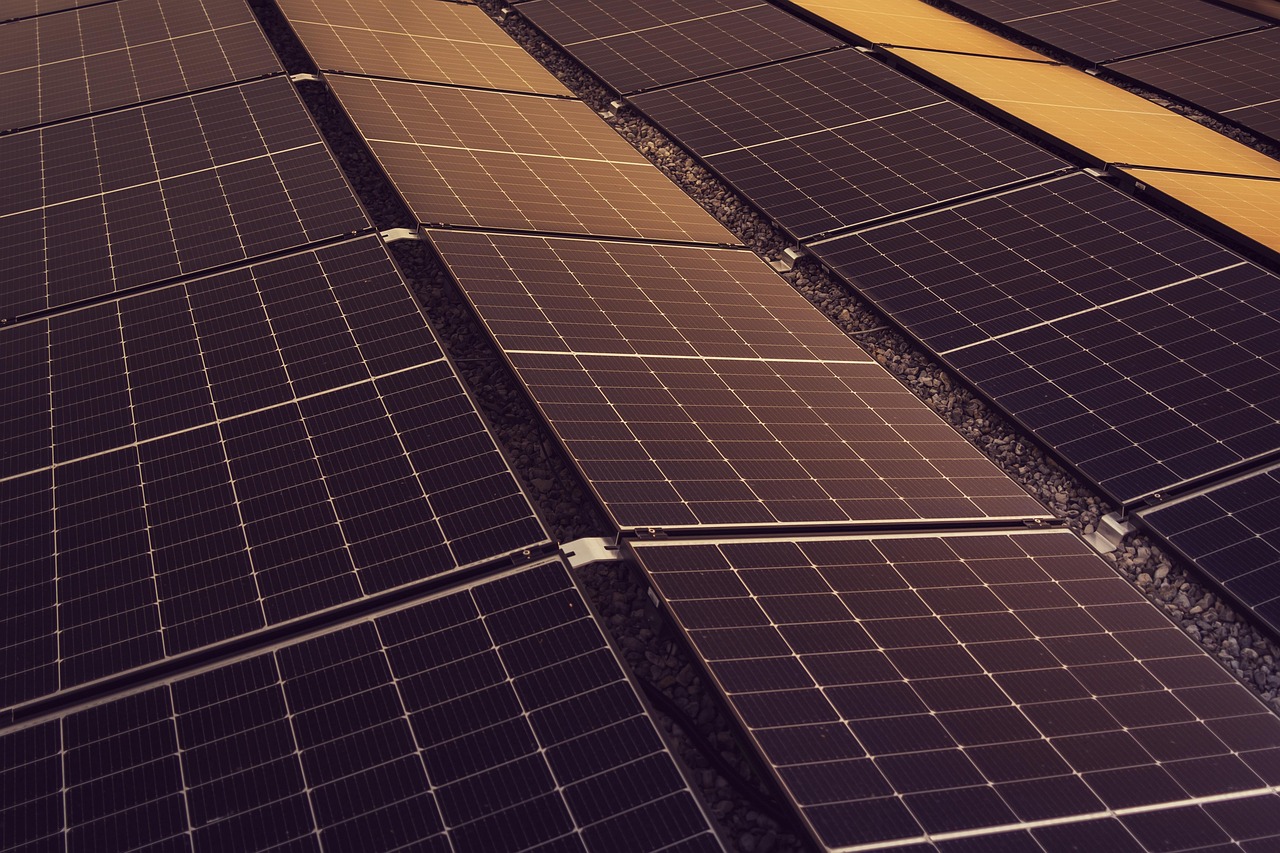
California’s green energy transformation reached a historic milestone in 2024 when the state added approximately 7,000 megawatts (MW) of new clean energy nameplate capacity —representing the largest single-year increase in clean energy capacity added to the grid in state history. This achievement broke records set in both 2022 and 2023, making it the third consecutive year of unprecedented clean energy growth. The numbers are staggering when you consider that more than 25,000 megawatts (MW) of new resources have been added to the state’s electric grid over the past five years — an amount equivalent to roughly half of the state’s record peak demand in 2022.
What makes this transformation even more remarkable is the consistency of achievement. In 2024, for the first time ever, California achieved 100 percent clean energy in the California ISO service area every three out of five days as the California ISO system reached 100 percent clean electricity for a period of the day on 219 different days. This wasn’t just a one-time event but became the new normal for California’s power grid.
Clean Energy Job Creation Boom
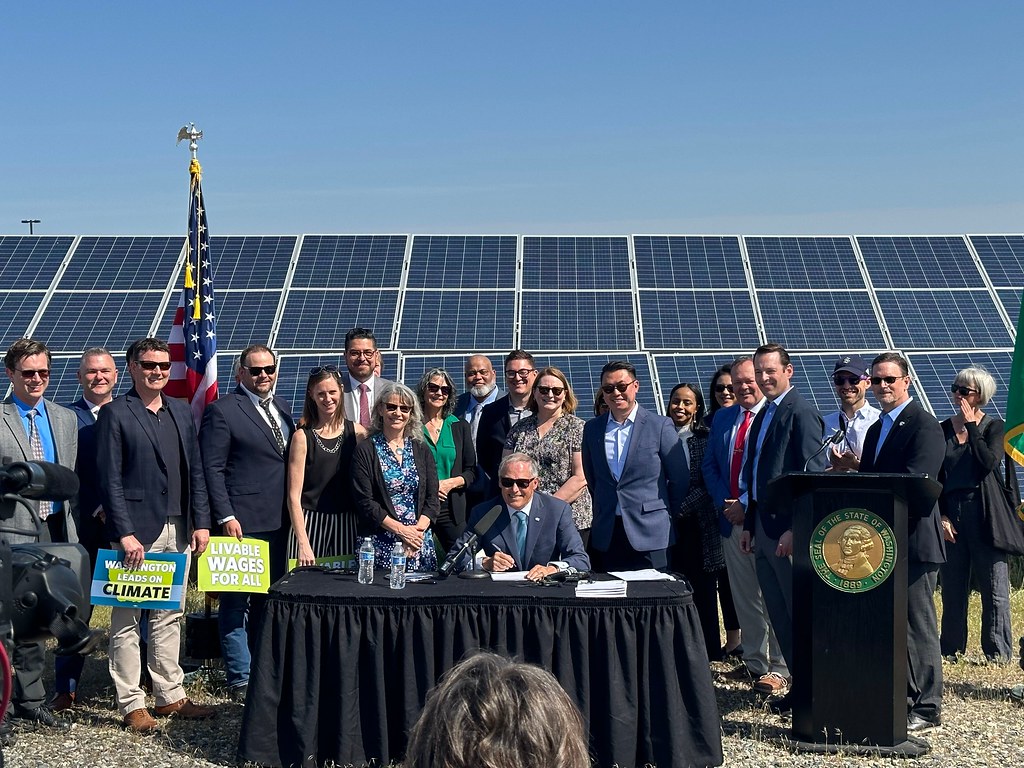
Clean energy and clean vehicle companies added more than 21,600 jobs in California, bringing the total number of clean energy workers in the state to 544,600 according to the latest analysis. This massive workforce expansion represents a 4.1 percent growth rate that’s more than four times faster than the overall economy. The sector’s growth is particularly impressive considering that at the end of last year, there were seven times more clean energy than fossil fuel industry workers in the state.
The job distribution shows interesting patterns across different sectors. Energy efficiency remains the top overall clean energy employer with over 302,000 workers, followed by renewable energy (136,600 jobs) and clean vehicles (75,000 jobs). Construction jobs dominate the landscape, with the majority of the state’s clean energy workers employed in construction (229,500 jobs) and professional services (134,300 jobs).
California’s National Leadership in Clean Energy Employment
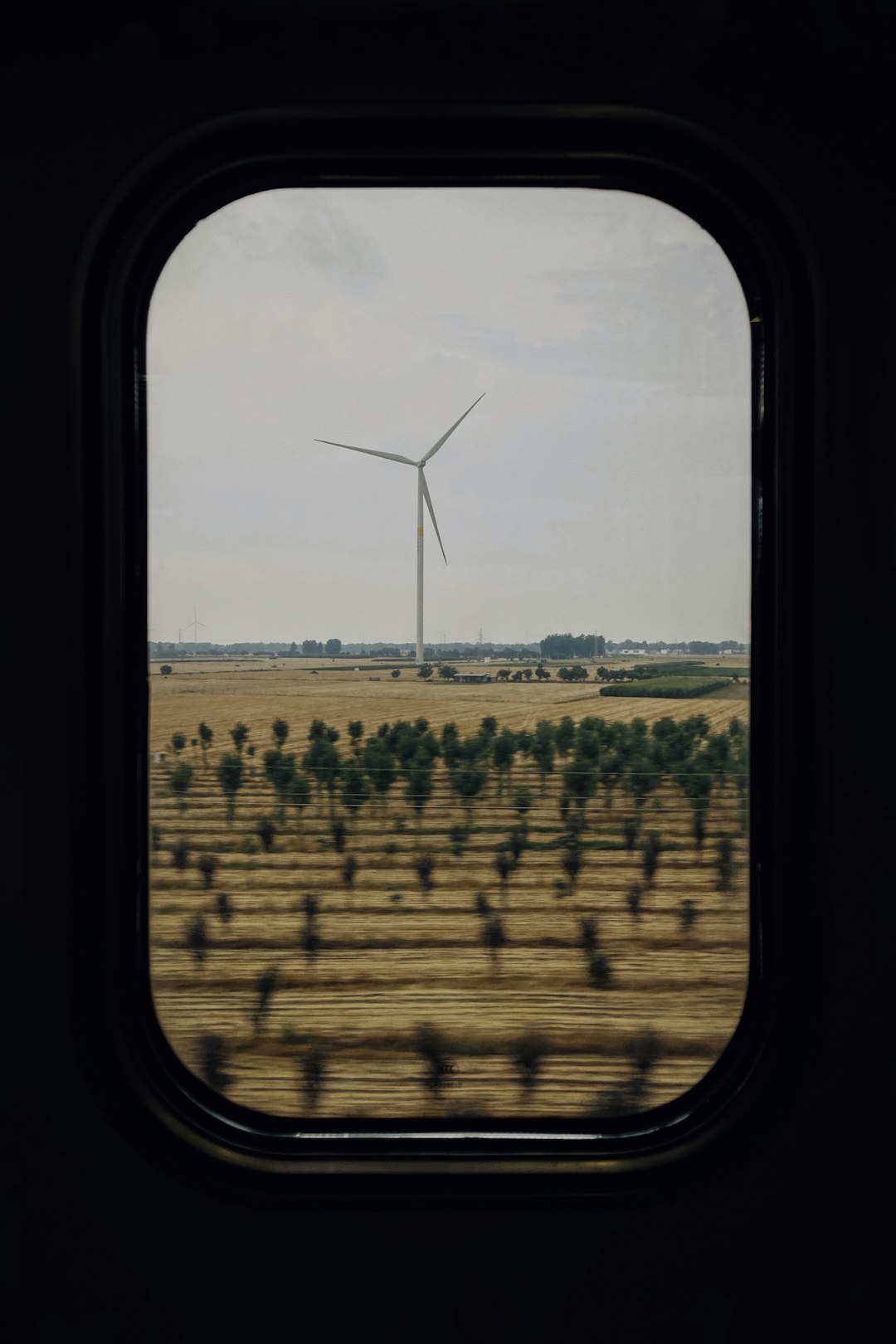
California’s dominance in clean energy employment is unmatched nationally. California ranks first among all 50 states and the District of Columbia for total jobs in renewable generation and first for overall clean energy jobs. This leadership position is reinforced by federal data showing that California (545,207), Texas (261,934), New York (177,202), Florida (172,115), and Illinois (130,473) have the greatest number of clean energy jobs.
The economic impact extends beyond just job numbers. Boosted by $1.6 billion in private investments to build new large-scale clean energy projects across California since the passage of industry tax incentives in 2022, clean energy jobs in the state grew 4.1 percent last year. This investment flow demonstrates how federal policy support translates into real economic activity at the state level.
Solar Power’s Remarkable Growth Trajectory
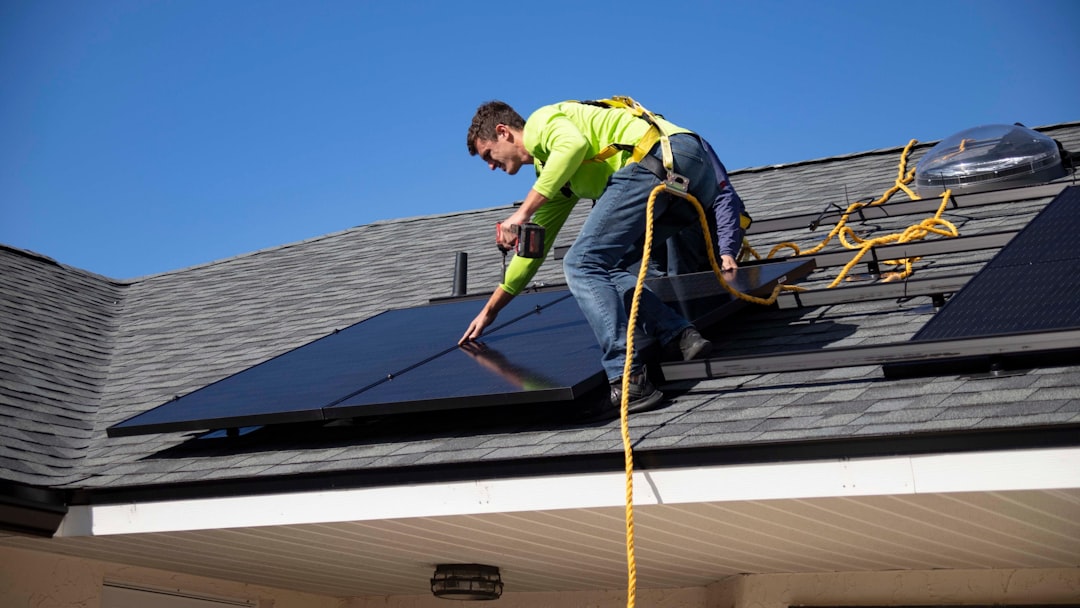
Solar energy has become the cornerstone of California’s clean energy revolution. Solar really produced more than 30% of the state’s electricity, while gas fell closer to that percentage than it has ever been in the modern era. This represents a dramatic shift from just a decade ago when natural gas dominated California’s electricity mix. The state’s solar capacity has expanded from residential rooftops to massive utility-scale installations across the desert regions.
The growth in solar installations has been nothing short of explosive. By the end of 2024, that number had grown to 28.2 GW of combined wind and solar capacity, up from just 9.7 GW in 2014. However, this rapid expansion has created new challenges, with CAISO curtailed 3.4 million megawatthours (MWh) of utility-scale wind and solar output, a 29% increase from the amount of electricity curtailed in 2023.
Battery Storage Revolution

Energy storage has emerged as a critical component of California’s clean energy infrastructure. Solar energy output hit a peak of 19,600 MW, and battery discharges topped 8,000 MW in October 2024. The state’s battery capacity has grown dramatically, with battery capacity in CAISO increased by 45% in 2024, from 8.0 GW in 2023 to 11.6 GW in 2024.
This storage revolution is reshaping how California’s grid operates. Battery storage, recently the key flexible resource to come online, allows some renewable energy to be stored and used 4-8 hours later in the day. Batteries can charge using excess solar power at midday and then discharge that energy when the sun is going down, providing electricity during hours when it is most needed. The state aims to deploy even more storage capacity, with the state aims to deploy 52GW of energy storage by 2045, 4GW of which will be from long-duration energy storage.
Wind Energy’s Steady Contribution
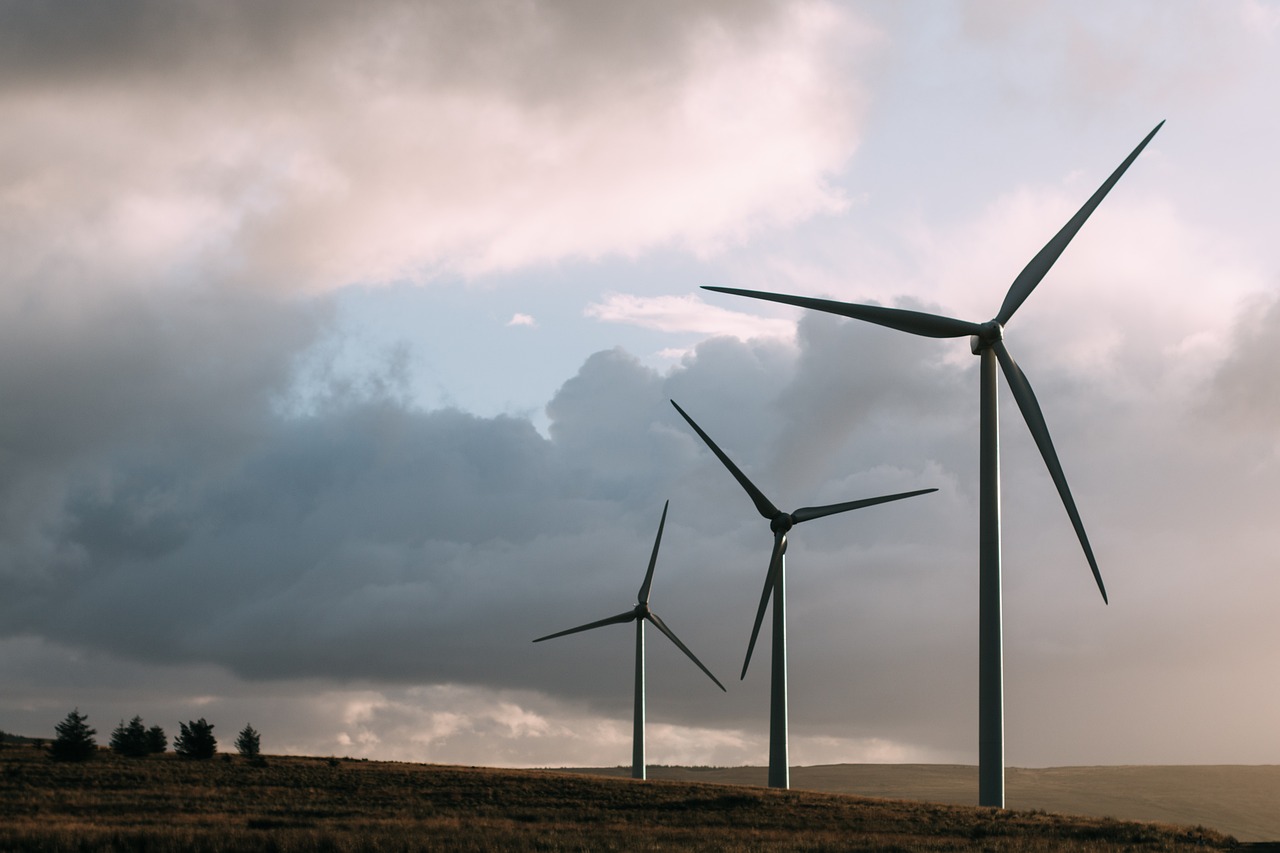
While solar gets much of the attention, wind energy plays a crucial role in California’s clean energy portfolio. Currently operating with 5,787 megawatts of installed wind capacity, California’s wind projects generate enough electricity to power approximately 2.3 million households. The state’s wind energy landscape spans from the historic Altamont Pass to newer developments across the state.
California’s wind energy history is particularly noteworthy. The Golden State’s journey in wind energy dates back to the 1980s when it generated an impressive 30% of the world’s wind energy. Today, the state’s wind energy production reached 13,703 gigawatt-hours in 2020, contributing 7.2% to California’s total power generation. Additionally, out-of-state wind projects supply 20% of California’s power imports, bringing the total wind contribution to 11% of the state’s system power.
Economic Investment and Private Sector Response
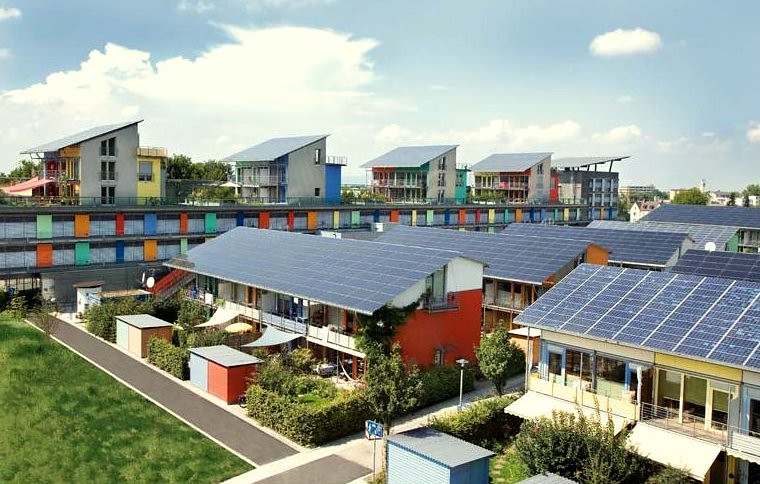
The clean energy transformation has attracted massive private investment flows. Boosted by $1.6 billion in private investments to build new large-scale clean energy projects across California since the passage of industry tax incentives in 2022, the state has become a magnet for clean energy capital. This investment surge demonstrates how policy incentives can mobilize private sector resources for clean energy development.
The economic benefits extend beyond just the energy sector. California is in the middle of the biggest transformation of its power grid in a century, creating opportunities across multiple industries including manufacturing, construction, and technology services. The ripple effects of this transformation are being felt throughout California’s economy.
Grid Reliability and Performance Improvements
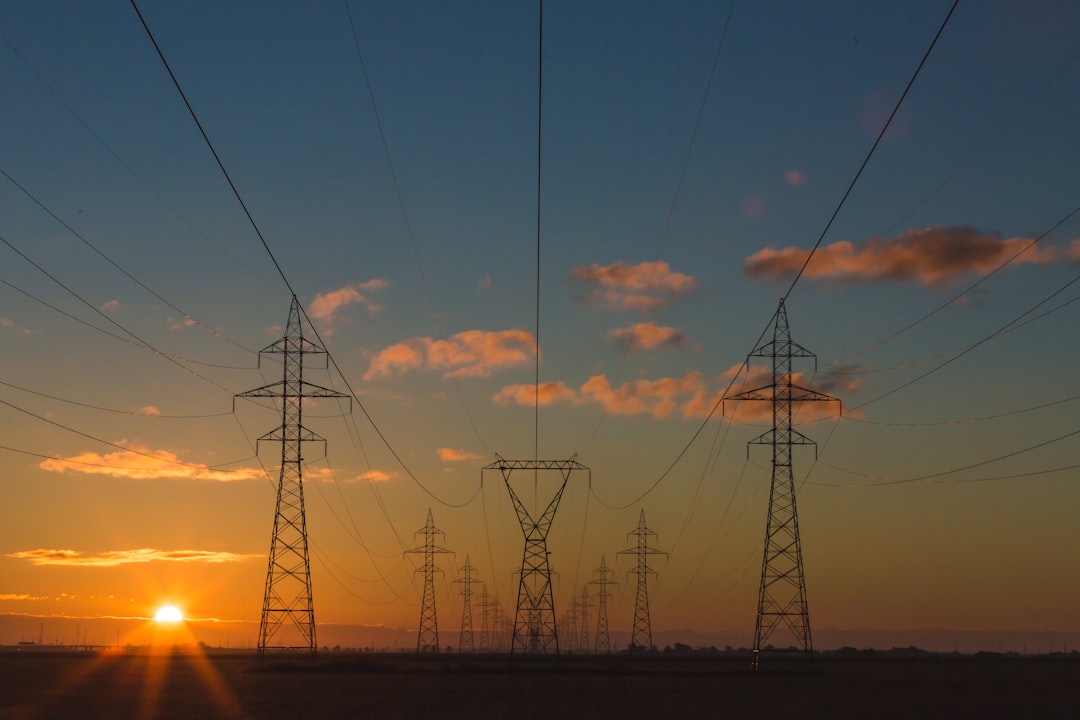
Contrary to critics’ concerns, California’s clean energy push has actually improved grid reliability. Despite periods of extreme heat last year, the state did not issue a single Flex Alert in 2024, demonstrating the effectiveness of recent investment and coordination. This represents a significant improvement in grid management and reliability compared to previous years when extreme weather events regularly strained the system.
The grid’s performance has exceeded expectations in many ways. Over the entire year, renewable electricity sources met or exceeded demand on California’s main electricity grid for a portion of 132 days, including on a notable stretch of 98 out of 116 days from March 7 to June 30. This achievement demonstrates that renewable energy can provide reliable power when properly integrated with storage and grid management systems.
Manufacturing and Industrial Transformation

California’s clean energy push is spurring industrial transformation across the state. He warned the changes could jeopardize up to 35,700 solar jobs and 25 solar manufacturing facilities in California — including existing positions and factories as well as future projects. This comment, made in response to potential federal policy changes, highlights the scale of manufacturing activity that has developed around clean energy in California.
The manufacturing sector’s transformation goes beyond just solar panels. The state has become a hub for battery manufacturing, electric vehicle production, and other clean energy technologies. This industrial evolution is creating high-skilled manufacturing jobs and establishing California as a leader in clean energy technology production.
Challenges and Curtailment Issues

The rapid growth in renewable energy has created new challenges that California is actively addressing. Solar and wind curtailment have increased by 29% between 2023 and 2024 in California, with solar PV accounted for nearly the entirety of the curtailed capacity last year, making 93% of all energy curtailed in the California Independent System Operator (CAISO) territory. This curtailment represents energy that could have been used but had to be discarded due to grid constraints.
However, California is implementing solutions to address these challenges. In 2024, more than 274,000 MWh of curtailments were avoided by trading within the WEIM, equivalent to about 8% of the electricity curtailed that year. The state is also exploring innovative uses for excess renewable energy, including hydrogen production and expanded regional energy trading.
Regional Economic Development
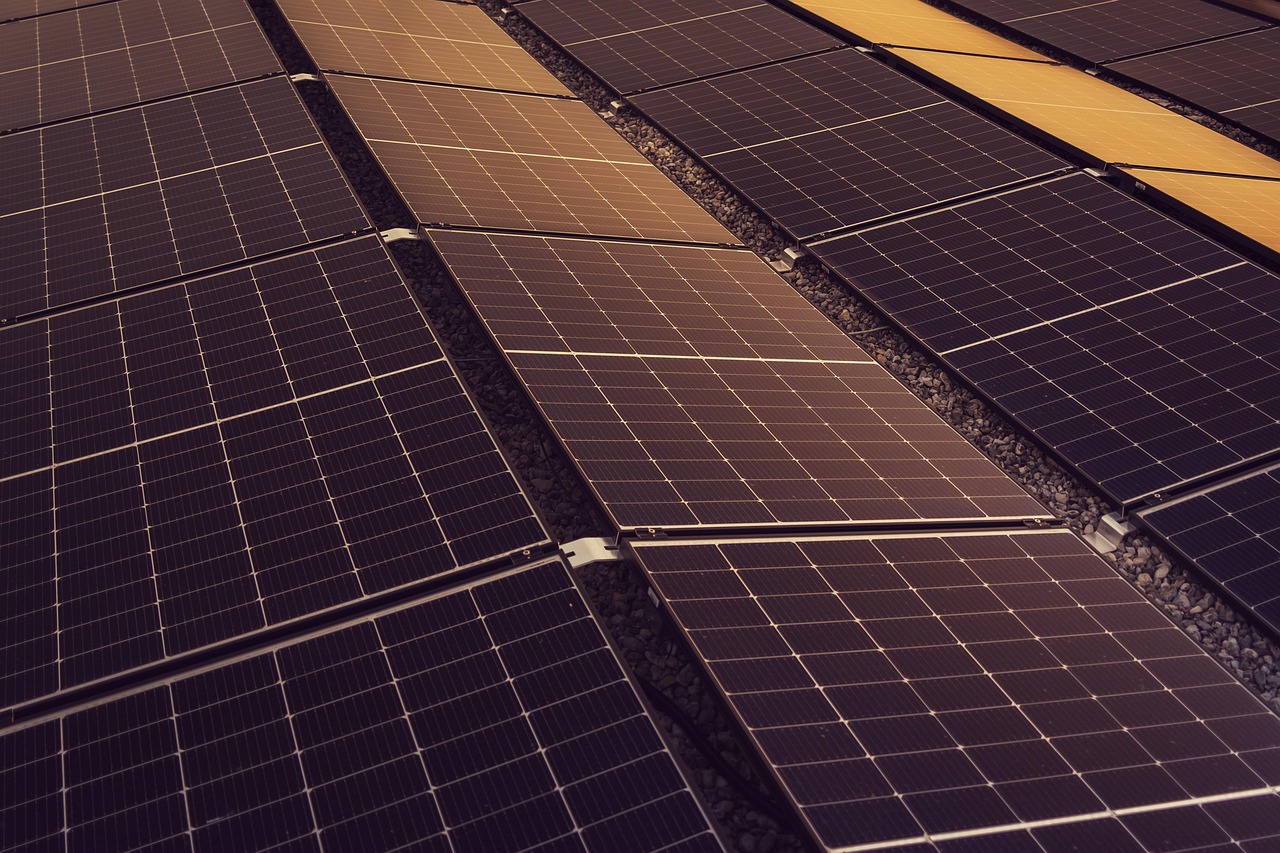
California’s clean energy transformation is creating economic opportunities across different regions of the state. Rural areas are particularly benefiting from utility-scale solar and wind installations, which provide lease payments to landowners and create construction jobs. Urban areas are seeing growth in professional services, manufacturing, and technology sectors related to clean energy.
The economic development extends beyond direct energy projects. Communities are seeing increased investment in supporting infrastructure, training programs, and related industries. This distributed economic impact is helping to ensure that the benefits of the clean energy transition are felt throughout California rather than concentrated in just a few areas.
Future Offshore Wind Development
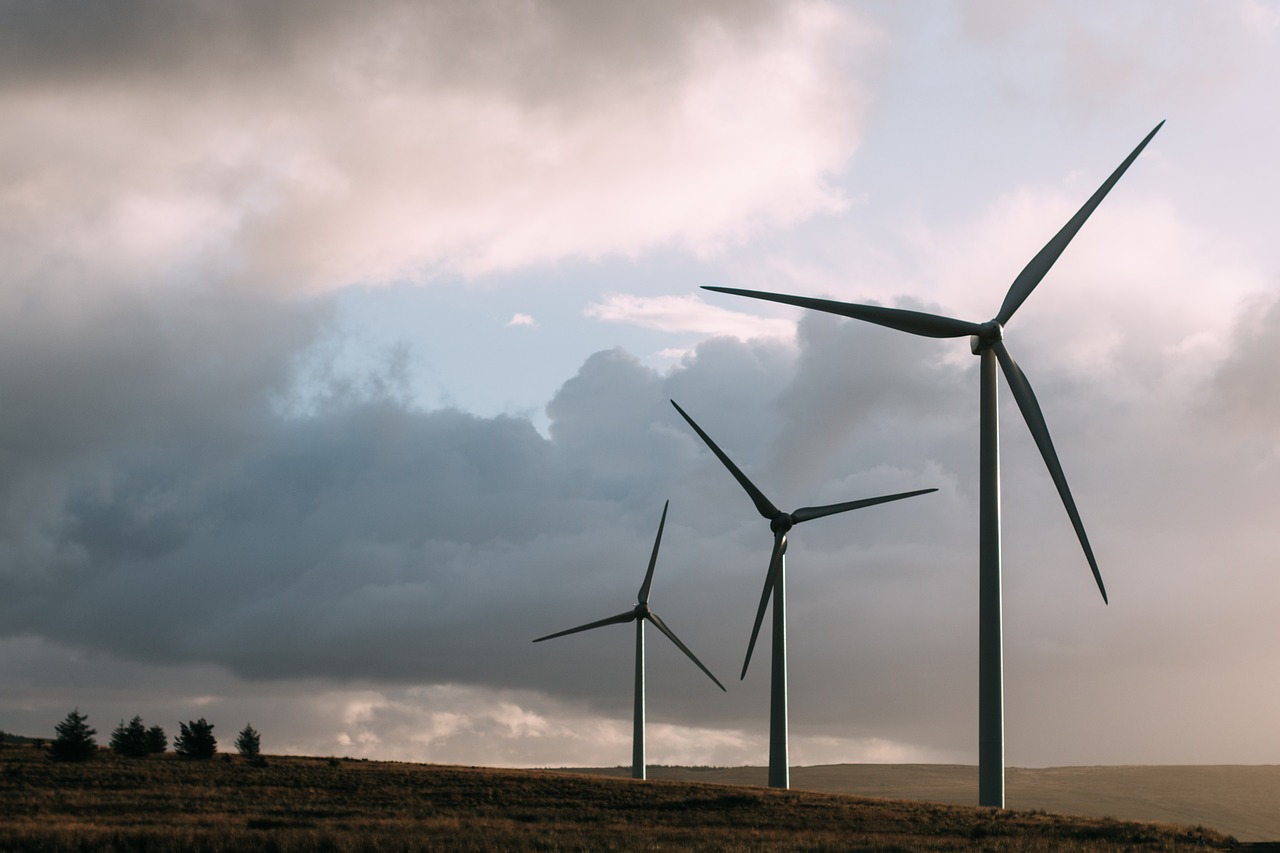
California is positioning itself for the next phase of renewable energy development through offshore wind. State officials and private investors aim to create an entirely new industry — giant floating ocean wind platforms — to produce 13% of California’s power, enough to power 25 million homes, by 2045. The massive projects will cost billions of dollars.
This offshore wind development represents a significant opportunity for economic growth and job creation. California in recent years has been fast-tracking massive floating offshore wind farms 20 miles off the coasts of Humboldt County and Morro Bay. The development of this new industry will create opportunities for coastal communities and establish California as a leader in floating offshore wind technology.
Long-term Economic Transformation
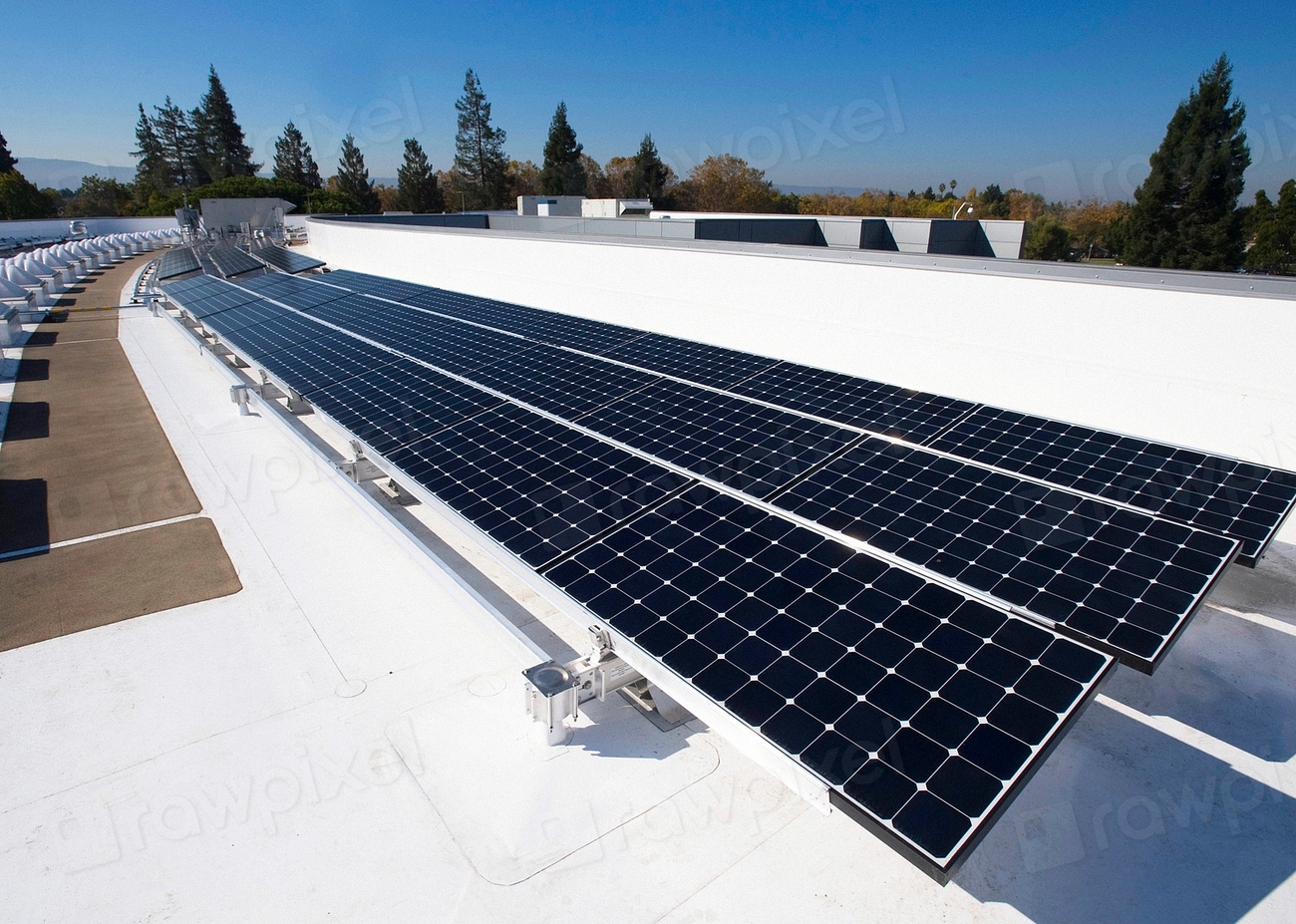
The clean energy transformation is fundamentally reshaping California’s economy for the long term. But this impending unseating of gas power by solar shows what can happen over a decade of dedicated policy, regulatory, and business efforts to push down carbon emissions and accelerate clean energy. This transformation demonstrates that large-scale economic change is possible when policies, markets, and technology align.
The scale of this transformation is unprecedented. California, whose state economy would rank fifth among the world’s nations, is not a place that can change course in an instant. Yet the state has managed to achieve remarkable changes in its energy system while maintaining economic growth and creating hundreds of thousands of jobs. This success provides a model for other regions looking to achieve similar transformations.
California’s green energy transformation represents one of the most significant economic shifts in the state’s history. From creating over 540,000 clean energy jobs to achieving 100% clean electricity on most days, the state has proven that environmental goals and economic prosperity can go hand in hand. The transformation continues to accelerate, with new technologies like offshore wind and long-duration storage promising even greater economic opportunities ahead. What started as an environmental imperative has become an economic engine driving innovation, job creation, and investment across the Golden State.





